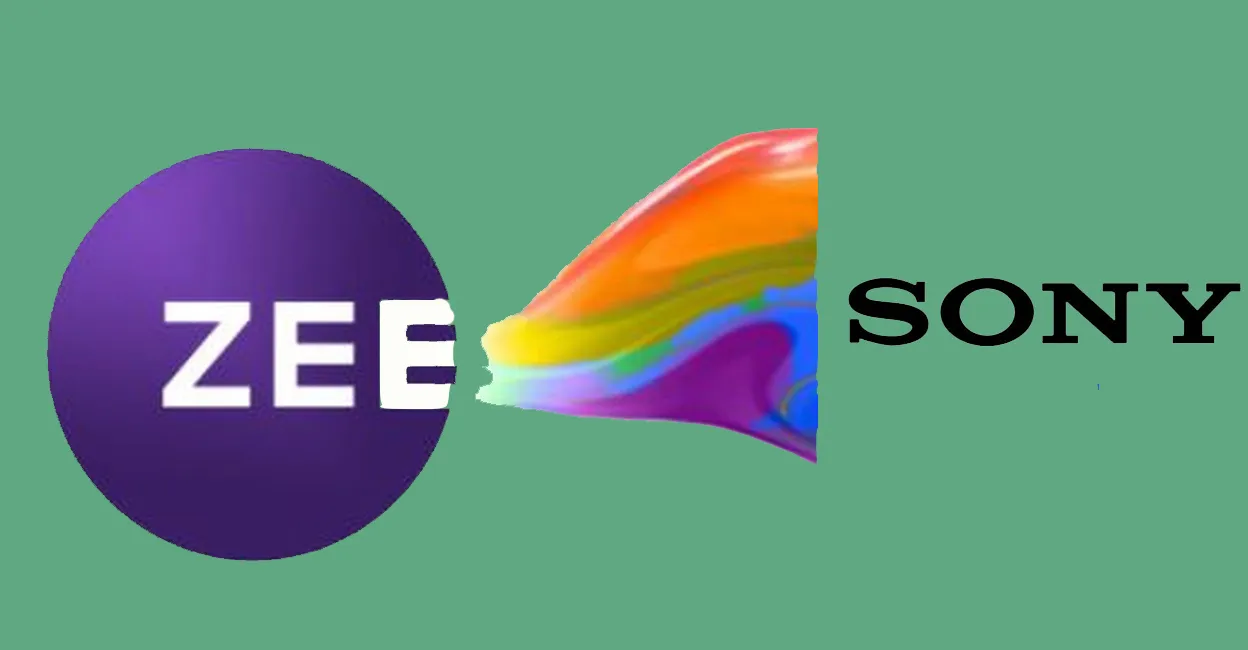Sony’s Indian unit said it was ‘disappointed’ after a Singapore arbitration centre rejected an emergency petition by the Japanese company for a stay of proceedings in enforcement of Zee-sony.
Strategic Alliance: Zee and Sony Join Forces
Sony scrapped the merger on January 22, ending a deal that could have created one of India’s biggest TV broadcasters, claiming breaches of contract by Zee Entertainment Enterprises Limited.
After huffing and puffing, the much-touted merger between Culver Max Entertainment (Sony India) and Zee Entertainment Enterprises (Zee) was finally called off just a little over two years since it was announced amid fanfare. Had the deal gone through, it would have created a broadcasting major with 75 channels and two OTT platforms, with a strong presence in entertainment, sports and regional channels. Besides, there was limited overlap, making it a clear strategic fit.
Industry Disruption: Implications of the Zee-Sony Merger
But the merger came up against many challenges along the way. The most prominent among them was an interim order by the Securities and Exchange Board of India (Sebi) last June that barred Essel Group Chairman Subhash Chandra and his son Punit Goenka from holding key managerial positions in Zee. Sebi accused them of having diverted money to private entities. While Chandra is the Promoter of Zee, Goenka is the company’s MD and CEO. More critically, the latter was tipped to be the MD and CEO of the merged Sony-Zee entity. The case landed in the courts and, not entirely unexpectedly, Sony pulled the plug on the deal.
The question now is how Zee and Sony will deal individually with a challenging media and entertainment landscape. Much has changed in those two years, and there is the possibility that the two will have a media behemoth to compete with. This is because Reliance Industries’ media business and Disney Star are looking to merge their operations, and there are concerns about the merged entity’s impact on smaller players, as the broadcasting business will have close to 110 channels.
Market Dynamics: How the Merger Will Impact Competitors
According to Utkarsh Sinha, MD of Bexley Advisors, a boutique investment bank focussed on the tech and media sectors in India, given how fragmented the media and OTT (over-the-top) businesses are today, scale and heft are critical factors in negotiating content. “I suspect that with the Zee-Sony merger being called off, both parties will find content acquisition harder. Zee owes over $1 billion to Disney Star for the ICC tournament rights (this was announced last August where Disney Star sub-licensed the television rights) and that will be harder to meet now,” he says. A look at the financials reveals how beneficial a merger would have been for the two. In FY23, Zee had revenues of over `8,000 crore, while Sony’s stood at `6,700 crore.
Sinha expects a wave of consolidation in the sector over the next two to three years, with Sony-Zee having kicked it off and now Reliance-Disney entering the fray. He doesn’t rule out the possibility of a big surprise in the altered situation. “With the departure of Sony as a suitor, it would not be surprising to see Reliance roll in Zee as part of its consolidation move. This will not be as a replacement for Disney, which has a significantly richer content base, but as a way to gather additional eyeballs, reduce stress on the consumer wallet and eliminate competition.”
Vivek Menon, Managing Partner at NV Capital, a media and entertainment (M&E) credit fund, is clear that both Zee and Sony will operate as separate operating companies as it was two years ago. “The legal implications will now need to be assessed and this could play out for a long time in the courts,” he says. The upshot for the industry, according to him, is that linear television growth is plateauing.
Content Synergy: Leveraging Combined Resources for Creative Excellence
“Cord cutting is gathering momentum. Broadcasters who make the transition seamlessly between linear and non-linear apart from enhancing their bottom line will be in pole position to take advantage of the growing digital market,” says Menon. That means striking the right equation between cost and profitability is critical.
Zee Entertainment can ask National Company Law Tribunal to enforce the $10-billion merger, said SIAC.
SIAC said it had no jurisdiction or authority to block Zee from approaching the tribunal, adding the merger fell within the purview of the National Company Law Tribunal of India, Zee said on Sunday in a stock exchange filing.
Sony said in a statement that it was disappointed by the decision but it was a procedural one ruling only whether Zee could pursue its application with NCLT
“We will continue to vigorously arbitrate the matter in Singapore in front of a full SIAC tribunal and pursue SPNI’s (Sony India) right to terminate the merger agreement and seek a termination fee and other remedies,” it added.
“We remain confident in the merits of our position in both Singapore and India.”
The Zee-Sony merger, in the works for two years, would have created an Indian TV juggernaut with more than 90 channels across sports, entertainment and news that would have competed with the likes of Walt Disney, and Mukesh Ambani’s Reliance. In terminating the merger, Sony also cited alleged failure by Zee to meet some financial terms of the deal, a dispute over compliance issues including disposal of some Russian assets and its $1.4 billion Disney cricket rights deal, Reuters reported last week.
At 1340 hours on Monday, Zee’s scrip on BSE was trading 4% higher at Rs 180.







